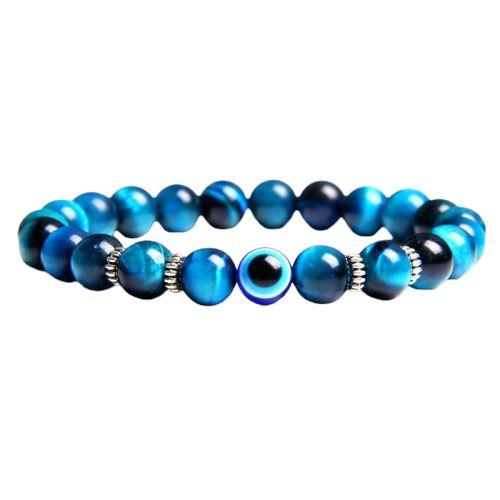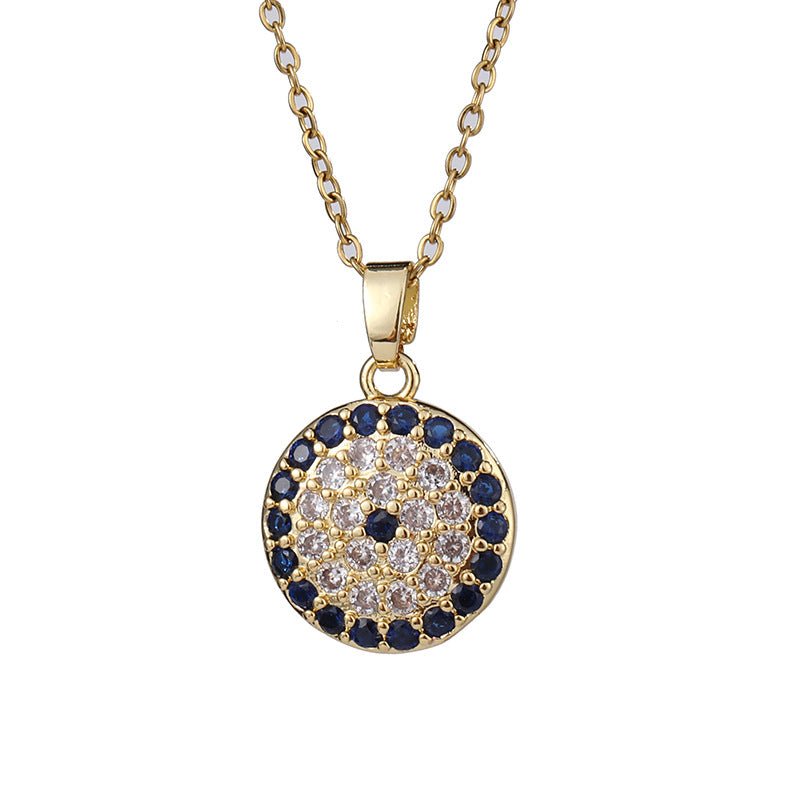The Nazar Boncuk, or Greek eye, is a lucky charm that tells us a lot about the history of Turkey.
Before invading this region, the Turks were a nomadic people from Central Asia. Just as the Mongols adopted Buddhism, the Turks converted to Islam. The fact remains that all these nomads previously had a common religion: Tengrism.
It is from this belief system that Nazar Boncuk comes. Symbolizing the eye of Tengri, the sky god father of...
See more
Voir plus
The Nazar Boncuk, or Greek eye, is a lucky charm that tells us a lot about the history of Turkey.
Before invading this region, the Turks were a nomadic people from Central Asia. Just as the Mongols adopted Buddhism, the Turks converted to Islam. The fact remains that all these nomads previously had a common religion: Tengrism.
It is from this belief system that Nazar Boncuk comes. Symbolizing the eye of Tengri, the sky god father of all divinities, this lucky charm has the reputation of warding off negative forces. The color blue is in fact a reminder of the sky, and therefore, for Tengrists, synonymous with protection.
Nowadays, this emblem has been perfectly integrated into Islam and has no more nomads than its origin.
Literally meaning "amulet against the evil eye", traces of similar symbols can be found in several regions of the world. For example, the ancient Greeks already decorated their boats with eyes in order to ensure peaceful journeys.
In Turkish tradition, the look of people with blue eyes is said to bring bad luck. The Nazar Boncuk then allows you to protect yourself from this phenomenon.
For people curious to learn more about the traditions and folklore of this region of the world, this part of our site dedicated to Turkey should be appreciated.
The Nazar Boncuk is therefore an ancient but also very powerful lucky charm. Indeed, if a people like the Turks have preserved it throughout its history, it is undoubtedly not without reason.











